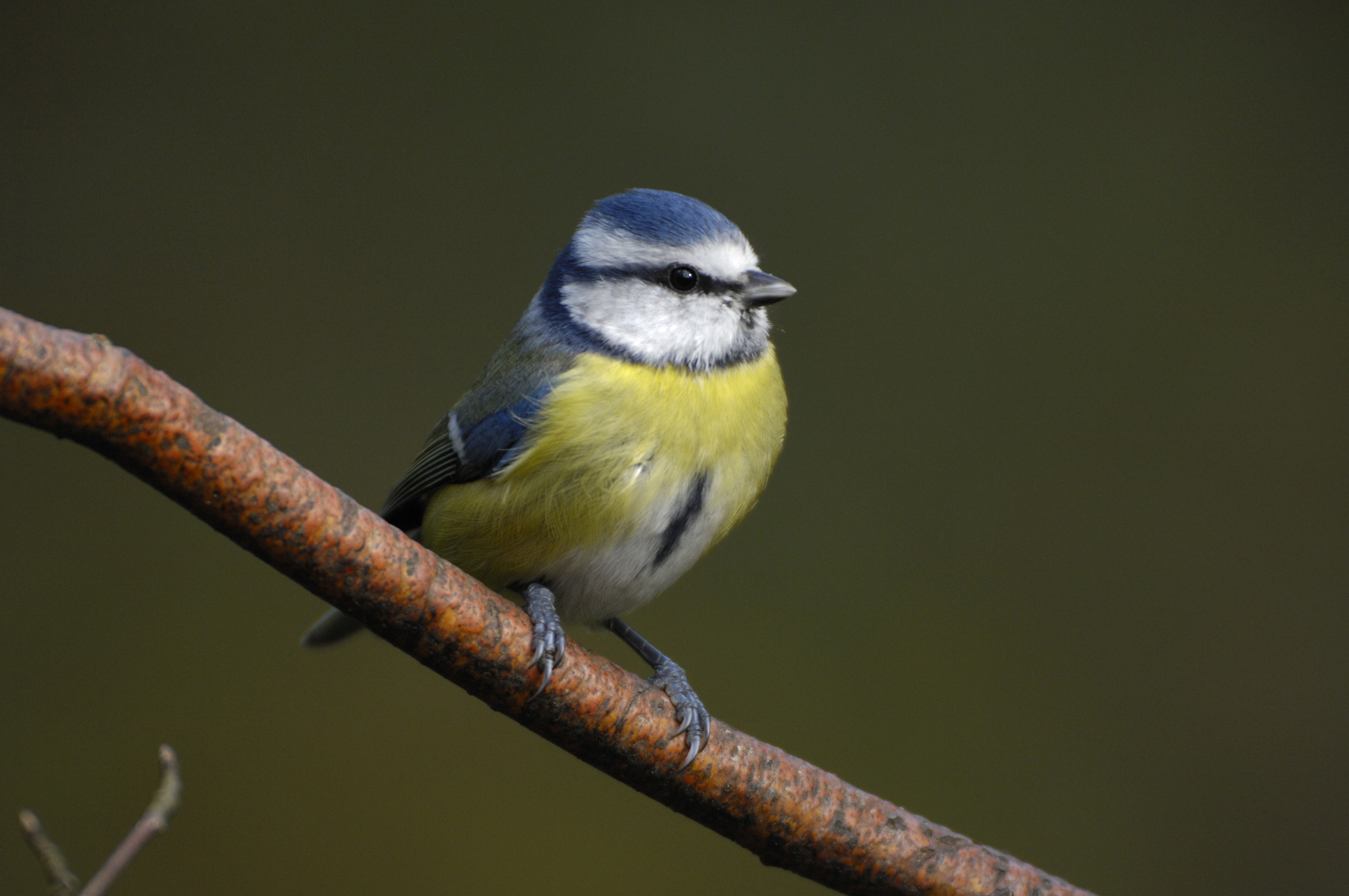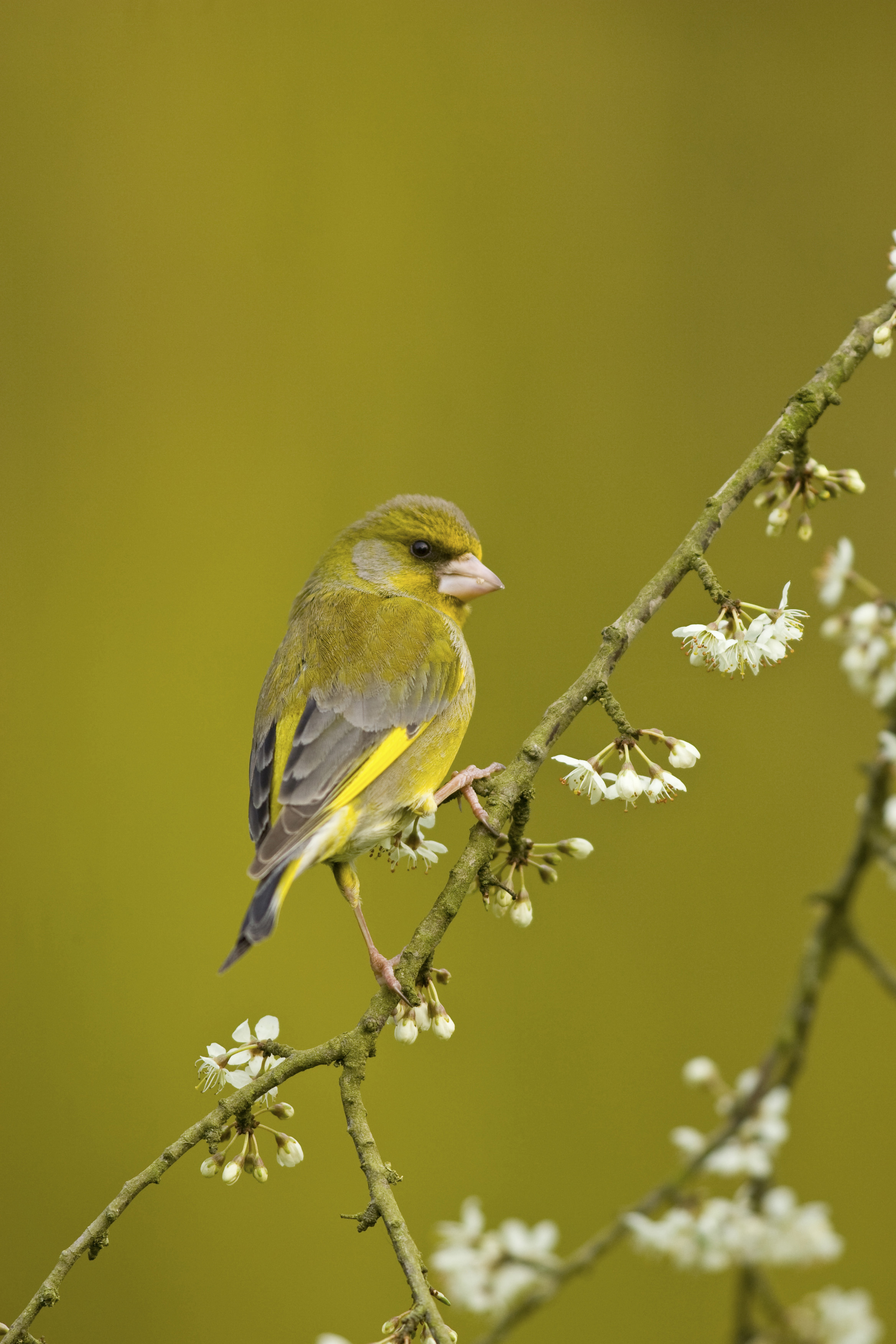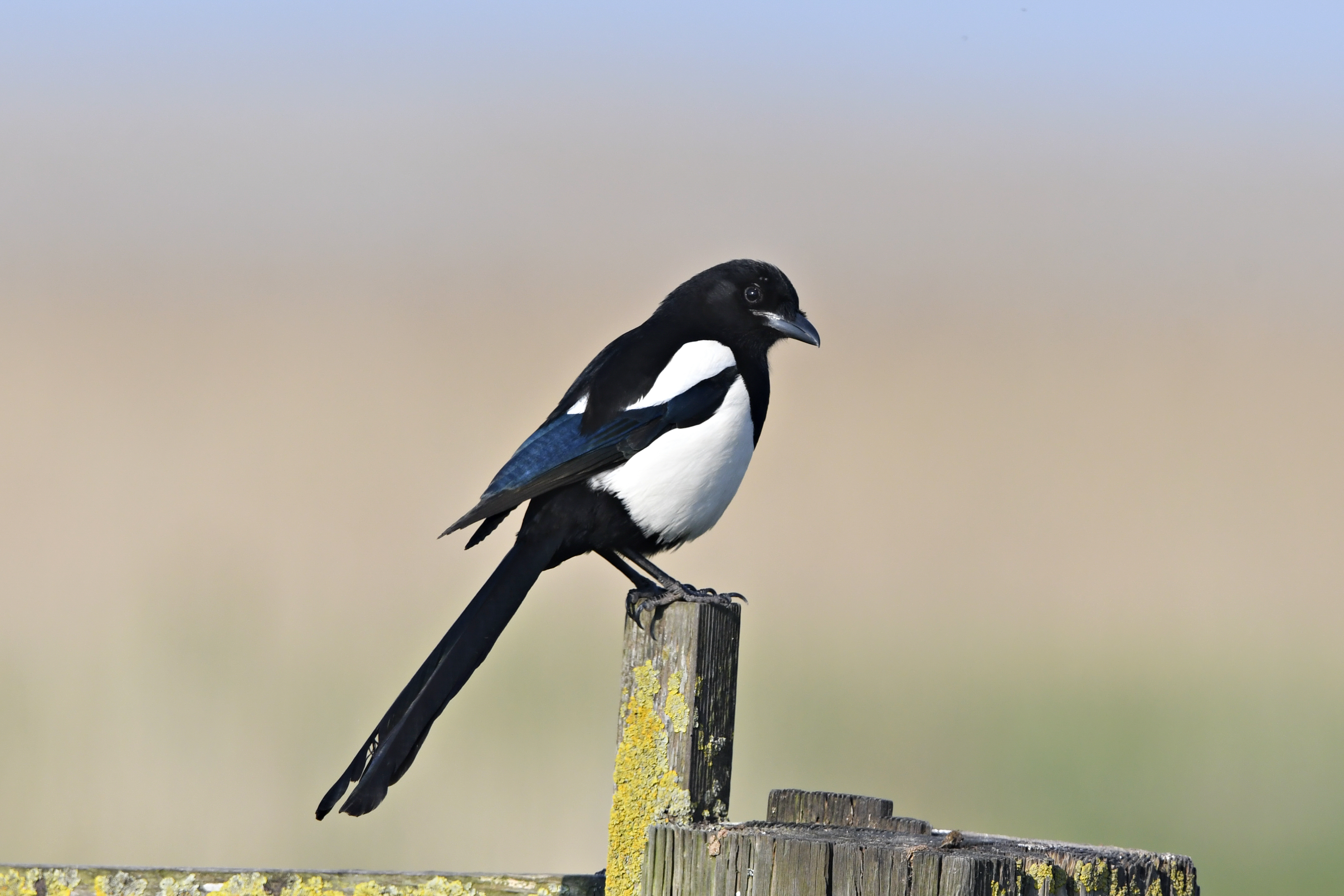
The Big Garden Birdwatch
Half a million people are getting ready for the Big Birdwatch next weekend. They will be settling down by their windows for an hour to take part in the RSPB’s birdwatching survey and it’s a particularly special celebration this year. Forty years ago, the Big Garden Birdwatch was launched as an activity for our junior membership and even featured on Blue Peter. Decades later, it’s going strong and has become the world’s largest garden wildlife citizen science project – providing an essential snapshot of how our garden birds are doing.
Over the years, hundreds of thousands of people have volunteered their time providing the RSPB with over 8 million hours of monitoring garden birds. In the last four decades, an astonishing 130 million birds have been counted giving the RSPB real insight into how our birds are faring.

The Red List
The survey results always make interesting reading. In last year’s top ten, the birds at number one (house sparrow) and two (starling), are both on the UK Red List. This means that their populations have fallen so much in recent years that conservationists are seriously concerned about them. Indeed, since 1979, the start of the Big Garden Birdwatch, numbers of starlings visiting gardens have dropped by 80%. But it seems that gardens are providing a lifeline to both species. Through careful planning and planting, and provision of extra feeding when times are hard, gardeners can help to support these birds.
Help for Birds in Winter
Cold weather makes it harder to find food in the wider countryside where the ground is frozen, and the berries have vanished from the bushes. But our gardens are oases for hungry birds. There tends to be plenty of plant cover, a ready food supply and, often, fresh water. So, many birds have adapted to garden feeding. Among these are a host of familiar species: blue tit, robin, blackbird, house sparrow. But Big Garden Birdwatch can bring a few surprises, for example winter migrants like bramblings.

And it isn’t all bad news. Last year revealed a golden year for the goldfinch along with a number of other small birds after a surge in sightings in gardens across the country. Record sightings of the brightly coloured finch rose by 11% from the previous year and its bright red face was seen in more than two-thirds of gardens. Other small birds that rose in numbers were the long-tailed tit and coal tit – which can usually be seen visiting gardens and outside spaces in flocks. It is thought that mild autumn and winter weather helped these small birds thrive more than previous years.
Understanding Bird Behaviour
The Big Garden Birdwatch is also a great way to get younger family members interested in nature. Homemade bird cake or bird feeders fashioned from pinecones or old plastic bottles are great fun to make. You can find tips on creating feeders on our website.
Most of us, even dedicated birdwatchers, rarely spend an entire hour watching the garden. So Big Garden Birdwatch can reveal interesting insights into what’s happening outside your back door. The behaviour of the birds can be just as fascinating as the list of species you might find. For example, who is top of the ‘pecking order’ on your bird feeders? The bossy great tit? The sharp-billed nuthatch? Or does the great spotted woodpecker swoop in and send them all flying?
To take part in the Big Garden Birdwatch visit: www.rspb.org.uk/Birdwatch
Competition:
To help you take part in the Great British Birdwatch, we’re offering a Bumper bird food gift box with feeders worth £29.99. This large box is crammed full of a fantastic selection of seeds, suet, and nibbles – every kind of top-quality treat, that will attract a wide variety of garden birds – as well as two suitable bird feeders. A great gift for bird lovers or the perfect starter set for those who are new to the pleasures of feeding garden birds.

Written by Ness Amaral Rogers for the RSPB. Edited by Cassidy Anthony.






